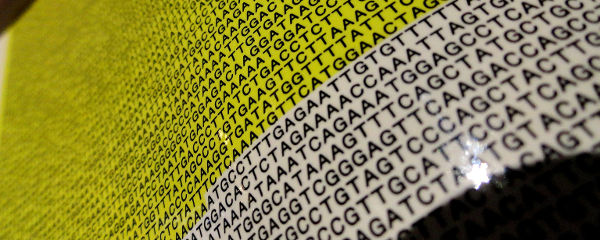What I’ve Learned:
“Very Large Array: My, what a big telescoping instrument you have!”
Reasonable men and women can disagree — and lord, they often do — about what qualifies as “very large”. Reasonable astronomers, however, agree that the Karl G. Jansky Very Large Array of radiotelescopes in the plains of New Mexico is indeed “very large”.
It’s right there in the name. No debate or overcompensation or embarrassing pumping equipment necessary.
To be fair, 27 x 25 sounds pretty darned big, and the Very Large Array backs those numbers up: it’s comprised of 27 separate telescopes, each with a 25-meter diameter dish. The antennae are arranged in a Y-shaped formation, with a total collection area covering more than thirteen square miles. That’s some girthy science.
What’s more, the Very Large Array dishes sit on tracks, so they can be moved around into many different configurations. Given that the array is located in New Mexico, I assume several of those configurations spell out “BEAT ARIZONA” — but still. Moving the component parts around is pretty nifty. It’s like Puppetry of the Radio Antennae over there.
All of those dishes and formations give the Very Large Array remarkable telescoping power. The data from each dish is combined and calibrated to give the resolution of a single dish 22 miles across, and the sensitivity of a dish more than 400 feet in diameter. Some people say that “big things come in small packages”. Clearly, these people aren’t packing a Very Large Array in their arsenal. Because with these telescopes, a bunch of reasonably small packages add up to find some really big things.
How do they do that? By multiplying the radio wave signals captured by each antenna and studying the interference patterns that emerge from the combined data. This technique of interferometry relies on the Fourier transform — which sounds very French and very complicated — to accurately find and track radio sources throughout near and deep space.
And by “radio sources”, I don’t mean Bill and Marty on the KBBL morning show.
Rather, the Very Large Array has been used to study star formation at the center of our galaxy, explore galactic gas clouds, track electron beam bursts in the sun and investigate black holes, quasars, pulsars, gamma ray bursts and more. In 1989, the array was even tuned to listen to radio signals coming from the Voyager 2 space probe as it zoomed past Neptune. I wasn’t even aware NASA had imprisoned a ham radio buff on Voyager 2, but apparently so. Hey, good for them.
But being “very large” doesn’t help you do everything. Even though the Very Large Array featured prominently in the movie Contact, it’s not actually used on a regular basis in the search for extraterrestrial intelligence (SETI).
(That’s okay, though. I’m starting to suspect Jodie Foster isn’t a real astronomer, either. We know she’s not a poet, obviously. But past that, I have my doubts.)
Limitations aside, the Very Large Array’s radio-based interferometry has uncovered a number of fascinating scientific discoveries since coming online in 1980, from the presence of water ice on Mercury to the first detection of radio waves accompanying a gamma ray burst to the discovery of the first “Einstein ring” gravitational lens. A complete overhaul and digital upgrade in 2012 — when it also added the Jansky name to the official title — prompted the National Radio Astronomy Observatory (NRAO) overseers to declare the system significantly improved, and dub it the Expanded Very Large Array.
Me, I would have gone with “MAGNUM“. But what do I know? My array isn’t nearly as large, and can’t even pick up local FM stations.
I’m blaming shrinkage.



